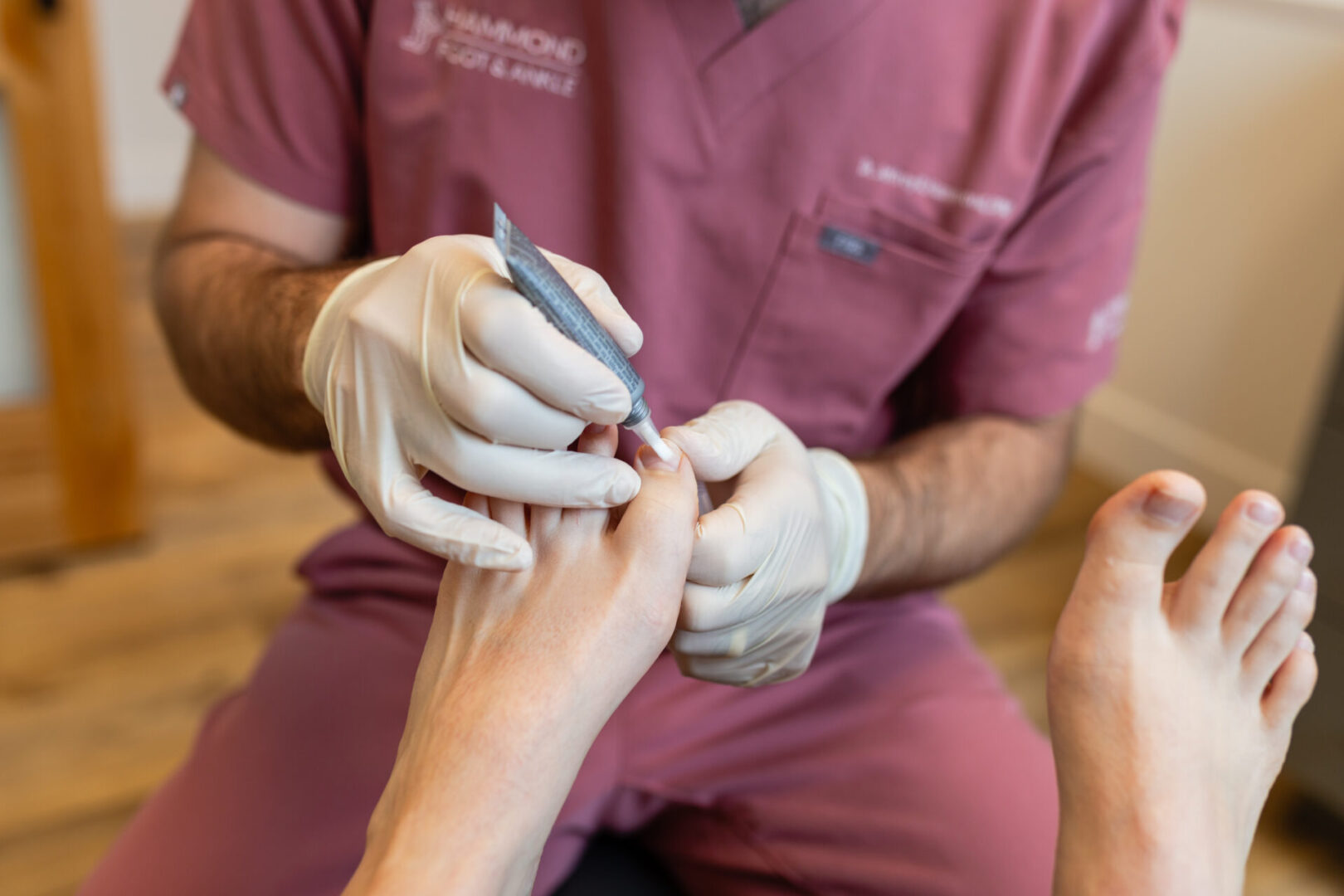
An ingrown toenail may not seem like a big deal, but if left unattended, it can cause serious problems. Take steps to prevent ingrown toenails, and treat them promptly if they do happen to occur.Ingrown toenails are not only painful, they can develop an infection. What’s more, they can cause serious health issues if you have a condition that interferes with blood flow, such as diabetes or peripheral artery disease (PAD). Here at Hammond Foot and Ankle in Provo, Utah, board-certified podiatrist Dr. Jeffrey Hammond, DPM, AACFAS and our skilled staff are committed to excellence in podiatry. Our team evaluates, diagnoses, and treats a full range of conditions that affect the feet and ankles, including ingrown toenails.  An ingrown toenail occurs when a toenail grows into the surrounding skin. For mild cases in people without risk factors, ingrown toenails usually resolve with at-home care. Prevention tips Preventing ingrown toenails is key to avoiding the discomfort and potential complications they can cause. Here are some practical tips to help you keep ingrown toenails at bay: Trim toenails properly Over-trimming is a common cause of ingrown toenails. One of the most effective ways to prevent ingrown toenails is by cutting your nails straight across. Avoid rounding the corners, as this can increase the risk of the nail growing into the skin. Choose the right footwear Wearing shoes that are too tight or narrow can put pressure on your toenails, boosting the chances of ingrown nails. Choose shoes that fit well, are comfortable, and have enough room in the toe box for your toes to move. Maintain good foot hygiene Keeping your feet clean and dry can help prevent infections that might complicate ingrown toenails. Wash your feet daily, and make sure to dry them thoroughly, especially between the toes. At-home treatment If you notice the early signs of an ingrown toenail, there are some steps you can take to relieve the pain and prevent it from getting worse: Soak your foot Soak the affected foot in warm water for 15-20 minutes, a few times a day. This can help reduce inflammation and pain. Gently lift the nail After soaking, use clean tweezers to gently lift the ingrown edge of the nail away from the skin. Take your time and avoid forcing it. Lift it just enough to create some space. Apply antiseptic cream Apply an over-the-counter antiseptic or antibiotic cream to the affected area to reduce the risk of infection. When to seek professional help If your ingrown toenail becomes seriously infected, shows no improvement after a few days of at-home treatment, or if you have diabetes or poor circulation, consult with our team for appropriate care. Professional ingrown toenail treatment Dr. Hammond may recommend one of the following options to treat your ingrown toenail: Partial nail removal Our team may trim or remove the ingrown portion of the toenail to allow for proper growth. This is usually done under local anesthesia and is a relatively simple procedure. Surgery In severe cases or when ingrown toenails are a recurring problem, surgical removal of a portion of the nail or even the entire nail may be necessary. After a careful evaluation, Dr. Hammond will recommend the most appropriate treatment for your ingrown toenail. If you have a condition like diabetes, having a foot and ankle specialist as part of your care team is crucial. Regular foot exams can help keep your feet healthy so that you can maintain an active lifestyle without pain. Your feet play a vital role in your well-being. Taking steps to keep your feet healthy is essential to overall wellness. For more information and to schedule a visit with Dr. Hammond, give us a call or send us a message here on our website.
